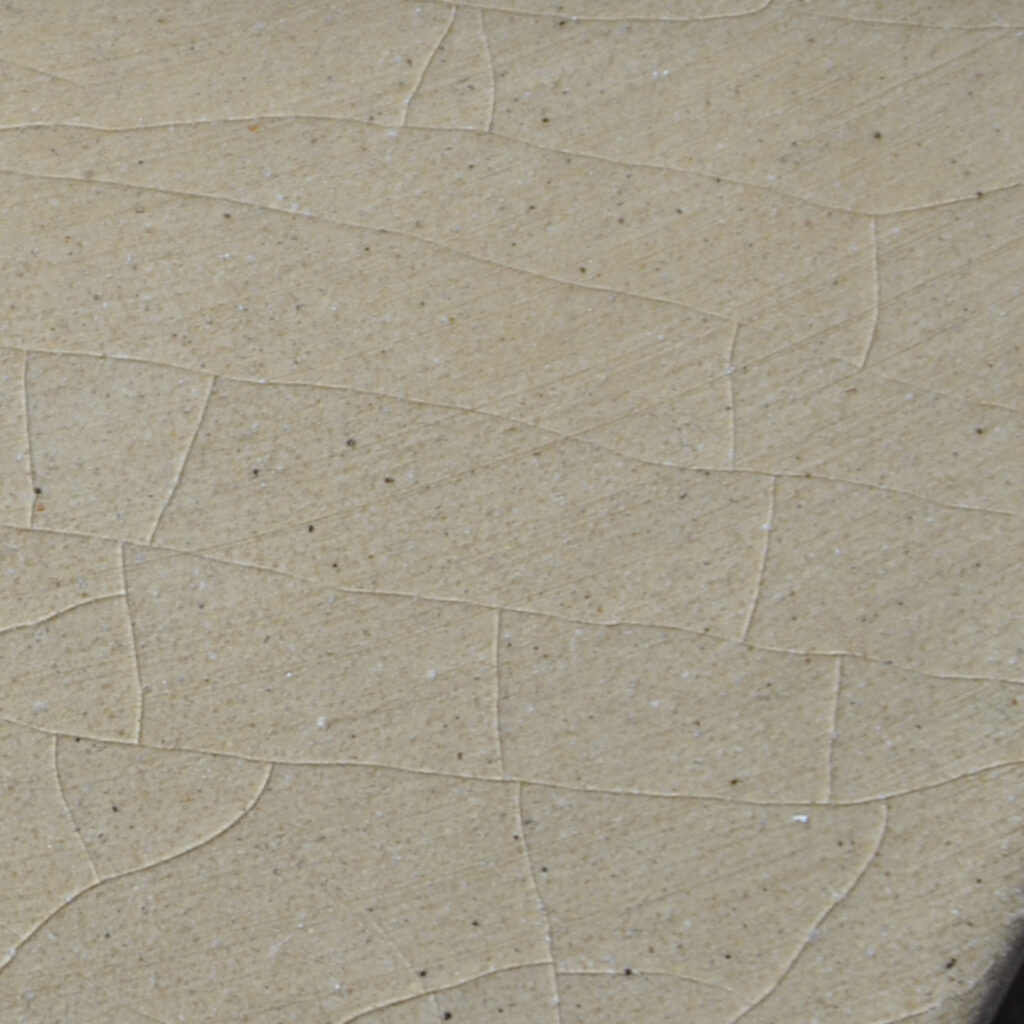
Installation, Care and Maintenance for Handmade Tiles
Our tiles are heritage pieces produced with traditional techniques. Here is all the information you need to care for your handmade tiles so that they will last you a lifetime.
Laying
Assembling tiles before laying is highly recommended. This will help ensure that your measurements are correct and adjusted according to the variations in size and appearance that come with handmade tiles.
Ceramic tiles are known to “craze” over time, which is the appearance of hairline cracks. They will still perform well and this is one of the many cherished characteristics of hand made tiles.

Sealant
Tile Sealant is not recommended for our glazed tiles. Almost all of our tiles are sealed with a glossy glaze for ease of cleaning, as without this clay tiles will absorb dirt and oils. Grout sealant is recommended after installation.
Our tiles sealed with boiled linseed oil, which is an impregnator, will require sealing with beeswax after installation, and then topping up the linseed oil and wax every three- four years. It is absorbed into the surface of the clay tile and forms a water-resistant seal whilst enhancing the dark burnt terracotta colouring. The linseed oil also protects the tile from staining during grouting.
For our Raw tiles with no sealant, we recommend buying an few tiles to test out your sealers prior to deciding. We can highly recommend this Natural Finish Sealer and this Enhancing Sealer.
Use
Most of our tiles are considered for indoor use only as they are not freeze-tolerant. We have specific listings for tiles that are made from clay suitable to be used as exterior tiles and are freeze tolerant. Two & A Half Dimensions are suitable for bathrooms, kitchen and shower room walls when properly installed on a suitable substrate using an adhesive appropriate for the substrate. They are not suitable for flooring, and we recommend not using relief tiles for kitchen counter tops.
Grout Width
Our tiles are often laid without grouting to enhance the visual effect. However should these be laid with grouting please ensure that you consider the 3D nature of the tiles and how that might impact the final appearance.
We recommend Mapei wide joint grout, as they offer a wide selection of colours. Excessive grout must be cleaned off tiles with a wet sponge immediately after installation.
Waterproofing
All of our glazed tiles are suitable for use in kitchens and bathrooms, but must not be exposed to direct or excessive moisture. We have specific listings for tiles that are made from clay suitable to be used as exterior tiles and are freeze tolerant.
Cleaning
Caring for handmade tiles is as simple as using non-acidic cleaners for all tiles, such as soap and water with a microfibre or cotton cloth.
Installation
Tile sizes will never be perfectly square, and may vary by up to 4mm. Often we find that variations will be consistent throughout each batch.
Irregularities across the surface are common, and tiles may not always be perfectly flat. However they will always be able to adhere to a surface securely when done by a professional who will set them on adhesive in order to give them a firm bed.
For this reason we advise you find a tiler who has experience in laying handmade tiles and is prepared to make judgements based off the specific characteristics of your batch of tiles. We also recommend not setting a date with your tiler until your order has arrived and been thoroughly checked after delivery.
